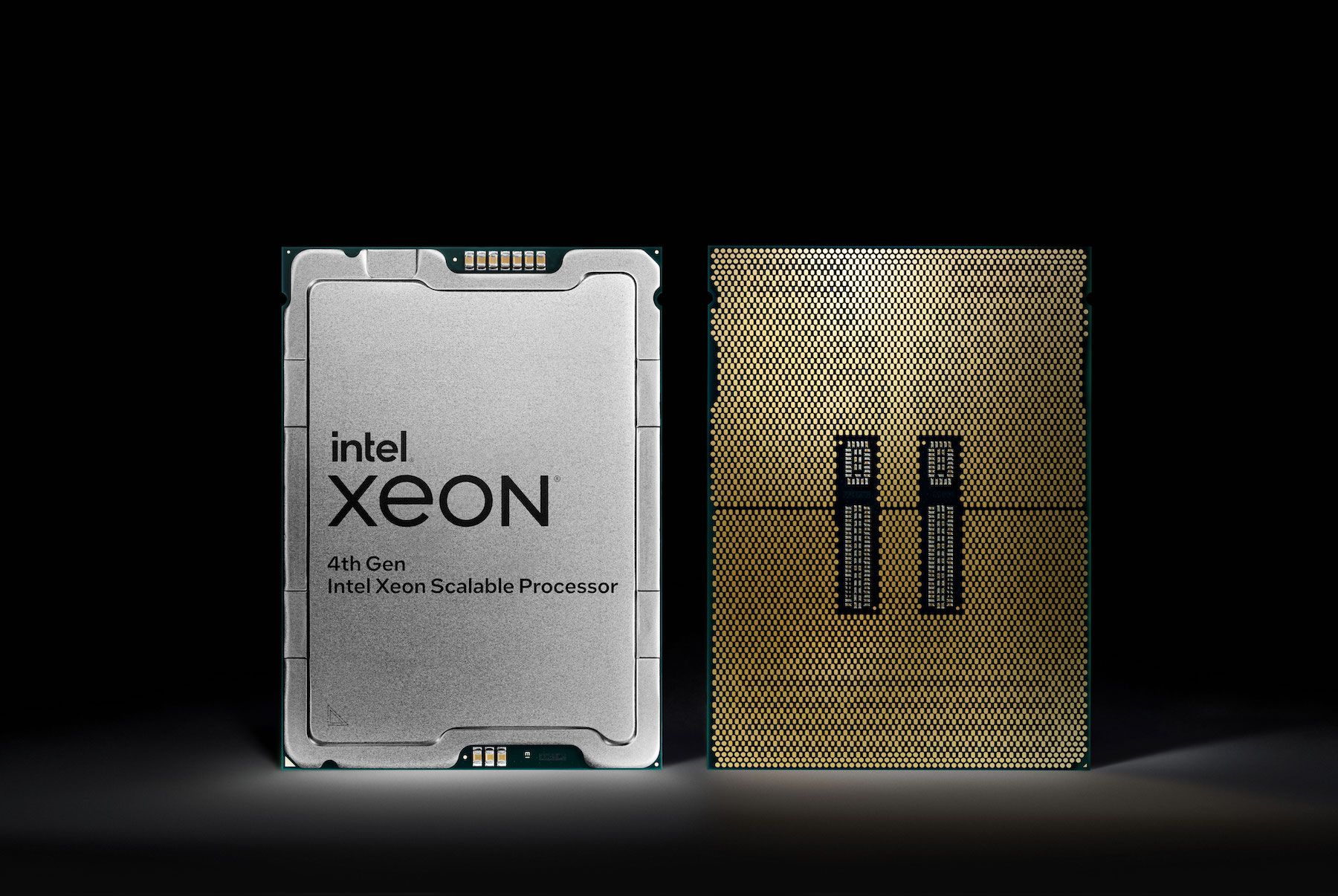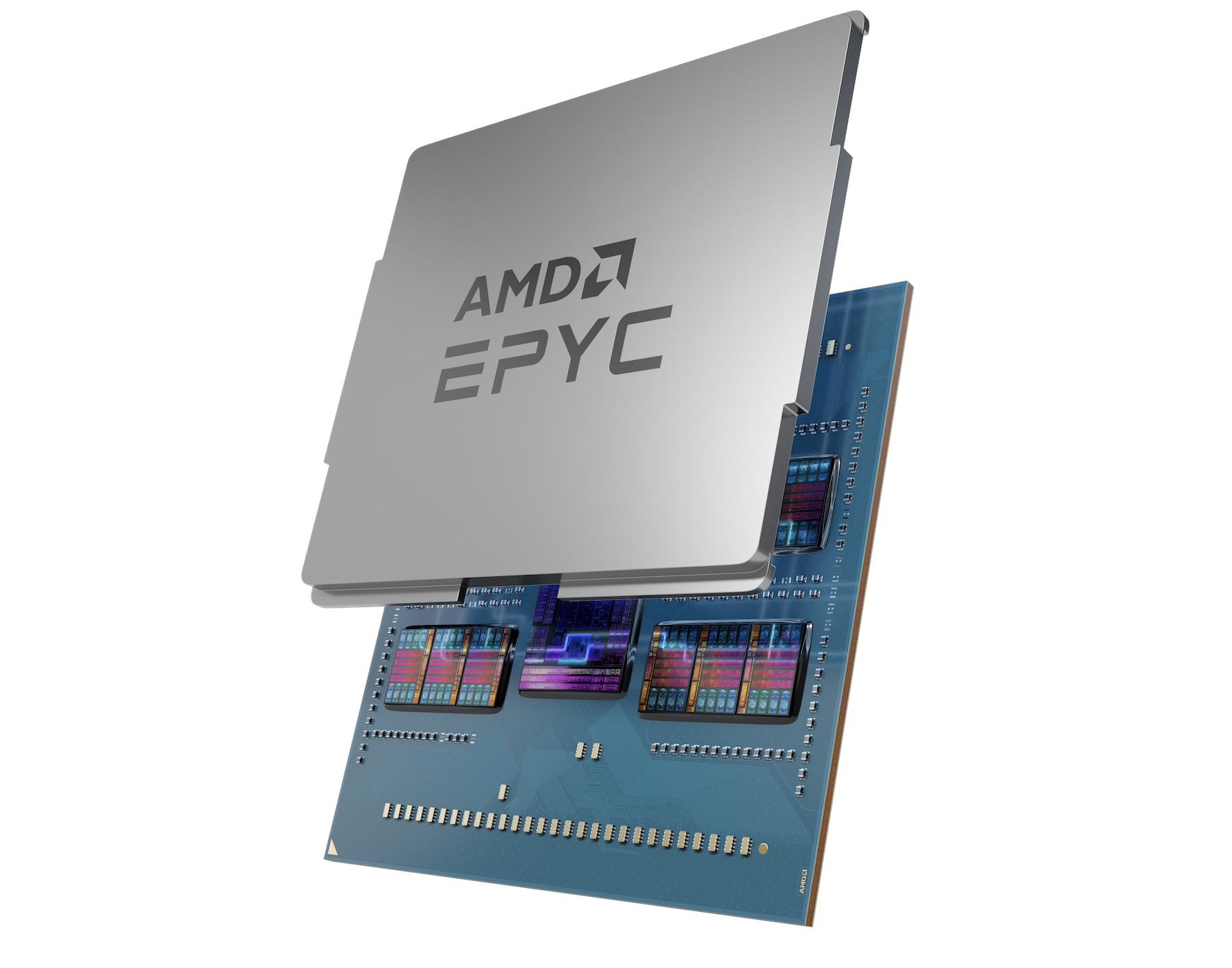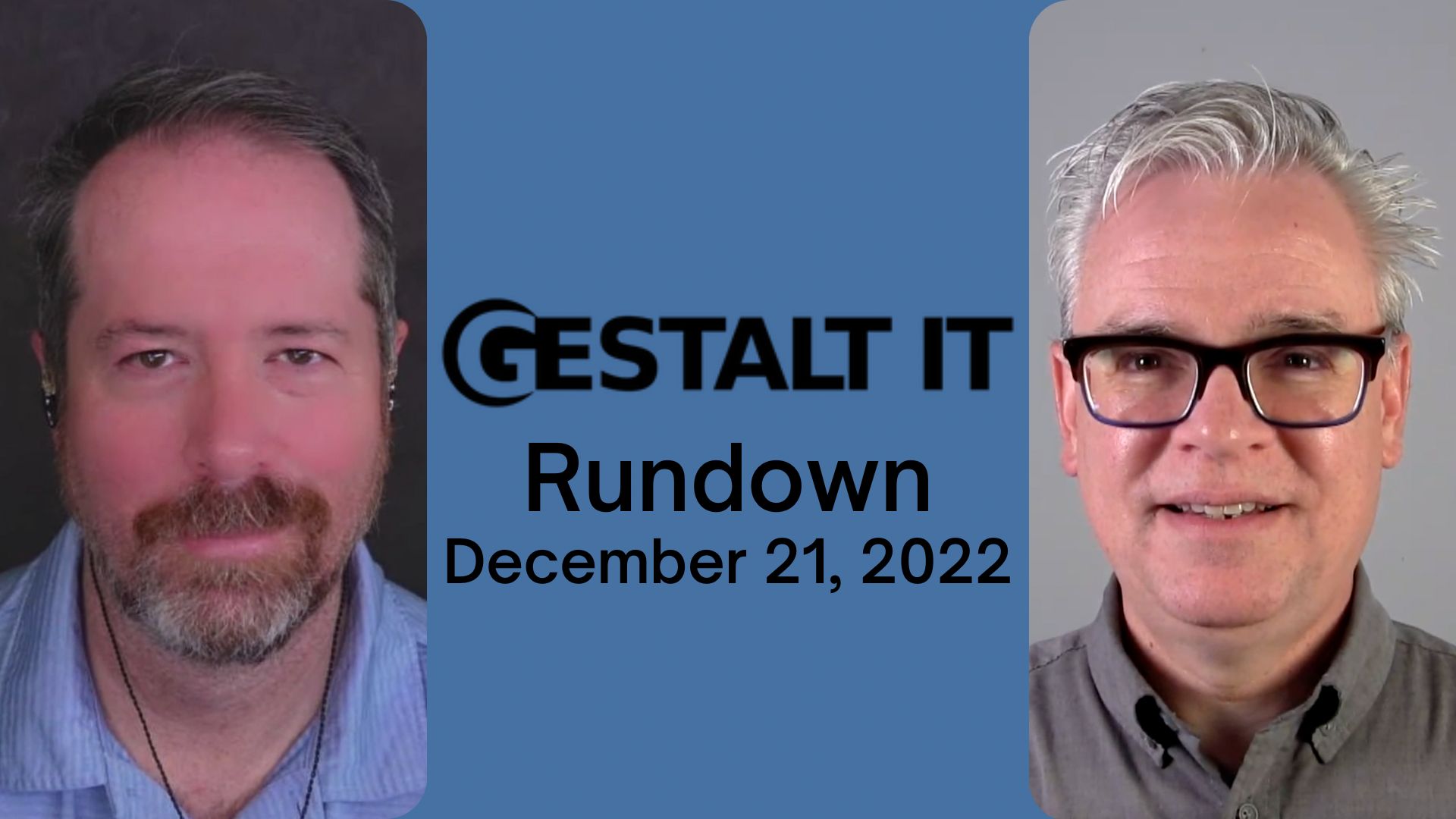Howard Marks is excited about AMD’s new Epyc server CPU’s:
With up to 32 cores, 2TB of RAM, and 128 lanes of PCIe Epyc puts the power of today’s dual socket servers into a single socket.
That’s pretty much the summary of Howard’s excellent post: Epyc provides the memory, I/O, and even cores of a dual-socket server in a single socket. And that’s something to get excited about, especially considering that the Zen cores inside these chips are almost at IPC (instruction per clock) parity with Intel’s latest, and can handle dual threads like Intel, too. Like Ryzen, Epyc puts some serious competitive pressure on Intel for the first time in a decade!
Then there’s the question of cost. We don’t know for sure how AMD will price these CPU’s, or how ISV’s will price their systems, it’s likely they’ll strongly undercut Intel on a core-for-core basis. And the prospect of a single-socket server with more RAM, PCIe lanes, and cores than a dual-core Xeon is a delightful thought. Not only will the whole system be cheaper, it’ll save mega-bucks for enterprise software with per-socket licensing!

No wonder they called it “Epyc”!
AMD Epyc sounds pretty epic, with epoch-defining capabilities. And it’s not secret how AMD achieved all this: Each chip “package” includes four of AMD’s Zen CPU dies, multiplying everything compared to a single-die package. Although half the I/O of each die is dedicated to inter-die communication, the rest of the resources remain. Two channels of memory per die equals 8 channels per socket, and 32 PCIe lanes per die are exposed for a total of 128. And even the Epyc chips with less cores keep all these resources, including the massive 64 MB of L3 cache.
How will Intel respond? They have already announced the new “scalable” Xeon naming, with bronze, silver, gold, and platinum models. And unlike AMD, Intel has larger dies with more cores for upscale server CPU’s. Word is these next-generation Xeon CPU’s will boast 28 cores, 6-channel memory, and 48 lanes per socket. And Intel is promising “8+” sockets in their Purley server platform, so they’ll definitely hold the high end.
Stephen’s Stance
AMD is putting forward a compelling single-socket server offering with Epyc, and ought to seriously challenge Intel in servers for the first time since their “Magny-Cours” (get it?) Opterons back in 2010. This should force Intel to drop prices on their single- and dual-socket Xeon systems, but they’ll still hold the high end. The interesting bit is what happens with the next generation, now that AMD has put Intel on notice. We predict many cores, PCIe lanes, and memory channels in your datacenter future!





[…] been thinking a lot lately about microprocessors, from the many-core CPUs that AMD and Intel introduced recently to the massively scalable GPGPU processing that’s taking […]